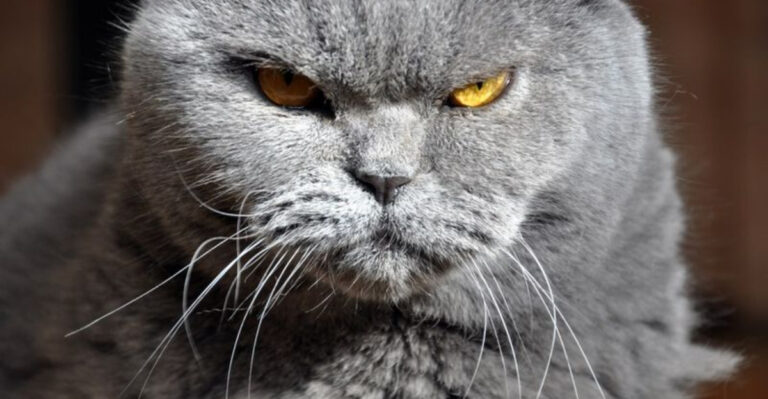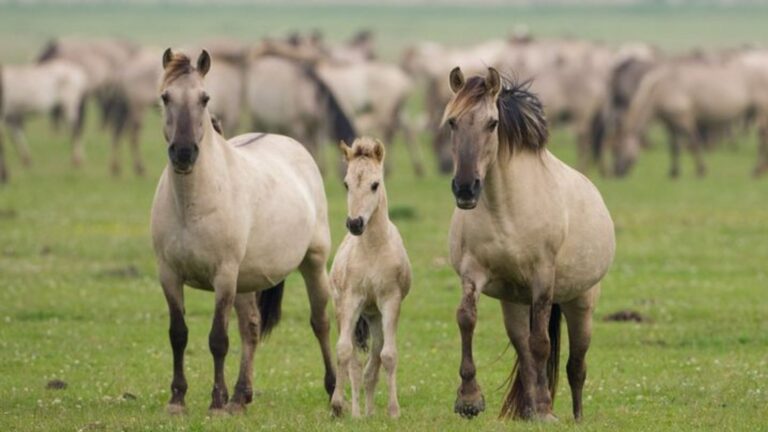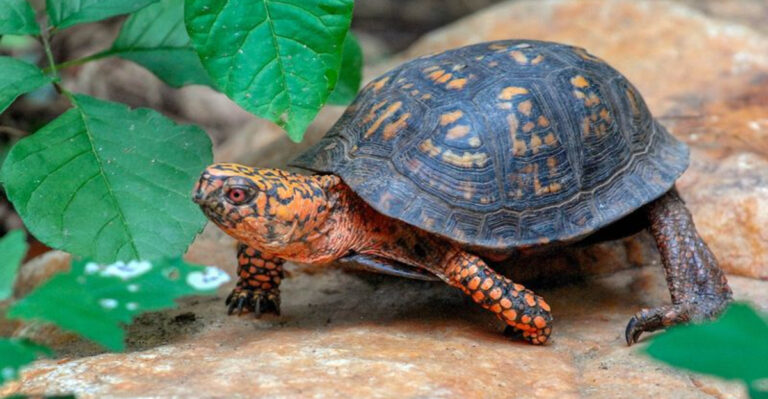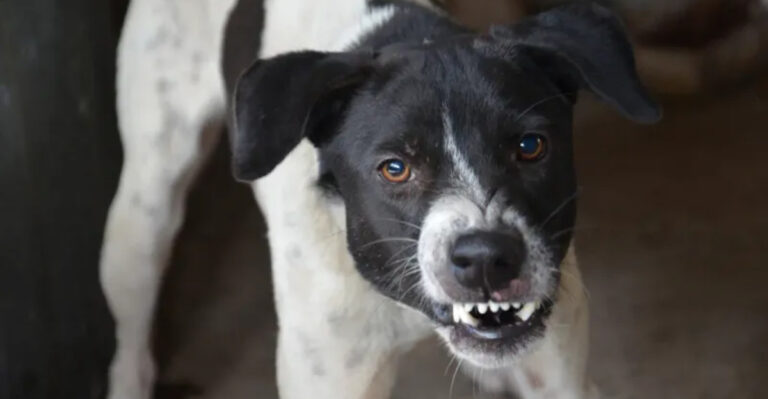12 Beautiful Birds That Are Slowly Vanishing From The Wild
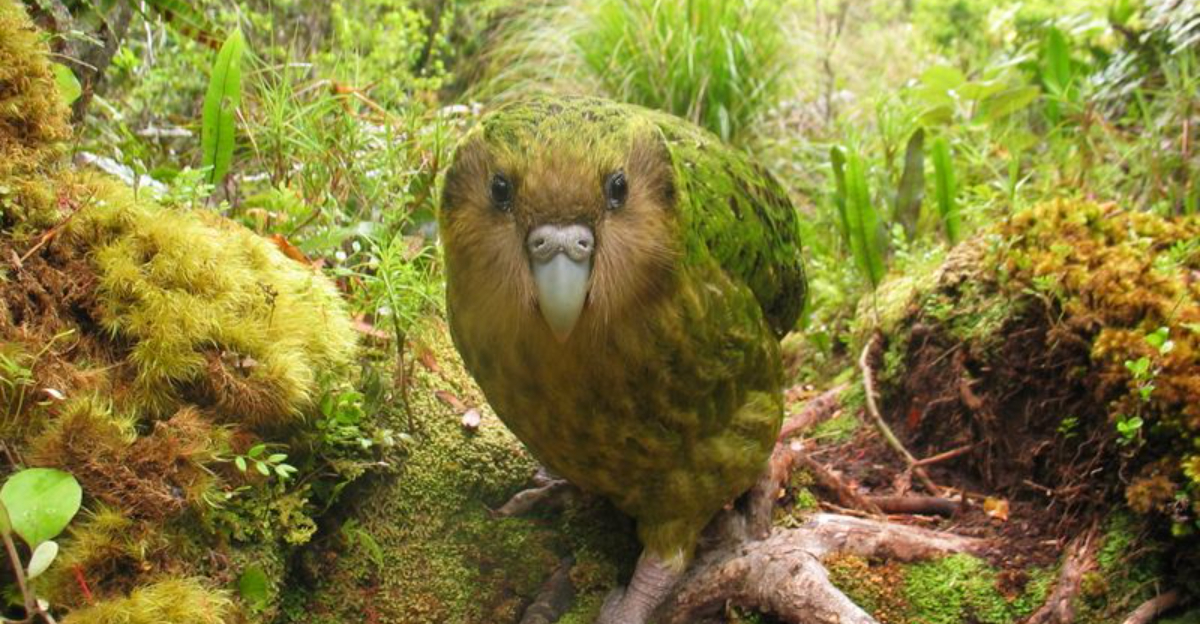
In the enchanting world of avian wonders, some birds captivate us with their vibrant plumage and melodious songs.
Yet, many of these beautiful creatures are slowly disappearing from the wild due to habitat loss, climate change, and human activities.
This article highlights 12 magnificent birds that are teetering on the brink of extinction, urging us to act before their songs fade into silence.
Explore the beauty and fragility of these avian marvels and learn how you can contribute to their preservation.
1. Hyacinth Macaw
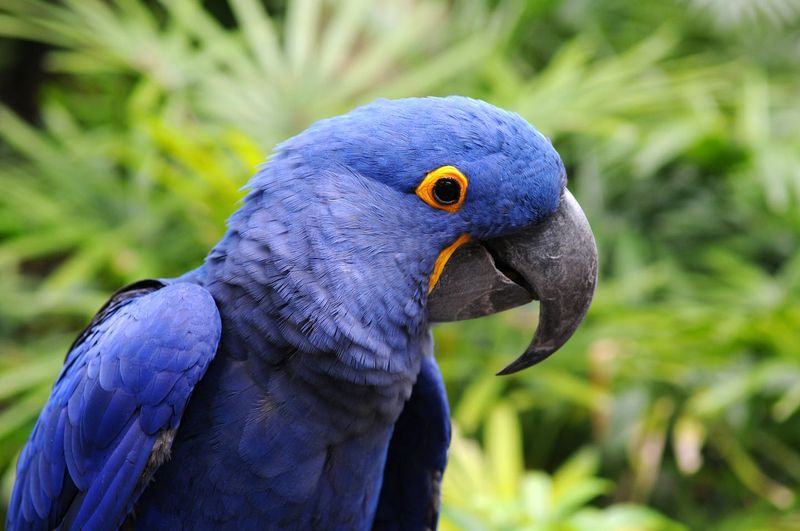
The Hyacinth Macaw, with its striking deep blue feathers and expressive yellow eye rings, is the largest of all flying parrots.
This majestic bird inhabits the lush Pantanal wetlands of Brazil, where it can occasionally be seen gliding gracefully through the open sky.
Despite its beauty, the Hyacinth Macaw faces threats from habitat destruction and illegal pet trade.
Conservation efforts are underway, aiming to protect its natural habitat and ensure that future generations can witness its splendor.
Supporting sustainable tourism can help preserve the Pantanal, making a difference for this magnificent bird.
2. California Condor
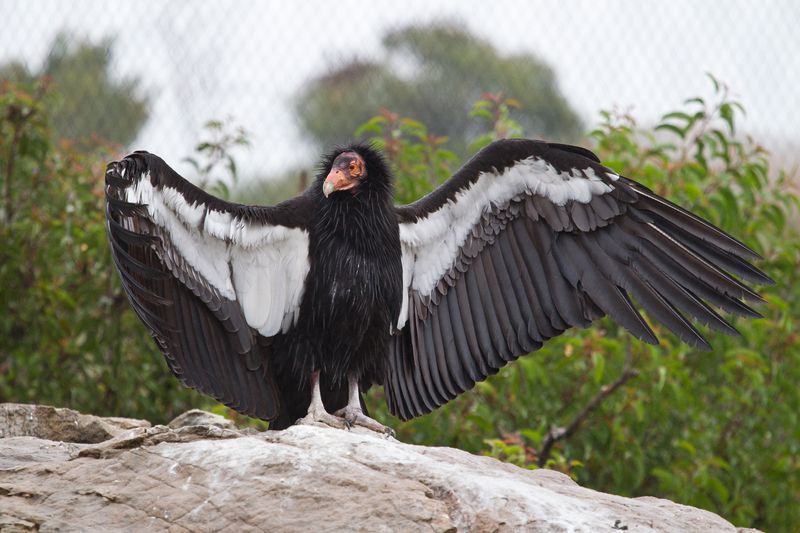
With a wingspan stretching nearly 10 feet, the California Condor is a sight to behold as it soars majestically over the Grand Canyon.
These magnificent birds were once on the brink of extinction, with only 22 individuals remaining in the wild.
Thanks to intensive conservation efforts, their numbers have increased, but threats like lead poisoning and habitat loss persist. Protecting these incredible birds requires ongoing dedication and public support.
Encouraging safe hunting practices and minimizing lead in ammunition can significantly help in securing a future for this iconic bird.
3. Spix’s Macaw
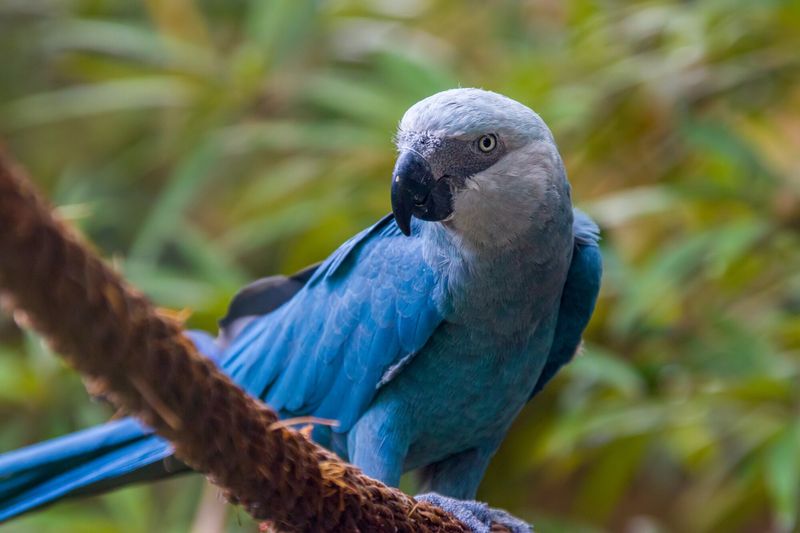
The Spix’s Macaw, a small parrot with vivid blue plumage, has captured hearts worldwide. Native to the Brazilian forests, it was declared extinct in the wild in 2000.
Fortunately, captive breeding programs have given hope for its reintroduction into the wild. These efforts aim to restore the Spix’s Macaw to its natural habitat and bring its vibrant presence back to the skies.
Supporting these breeding programs and protecting its habitat are crucial steps in reviving one of the world’s rarest birds and witnessing its return to the wild.
4. Kakapo
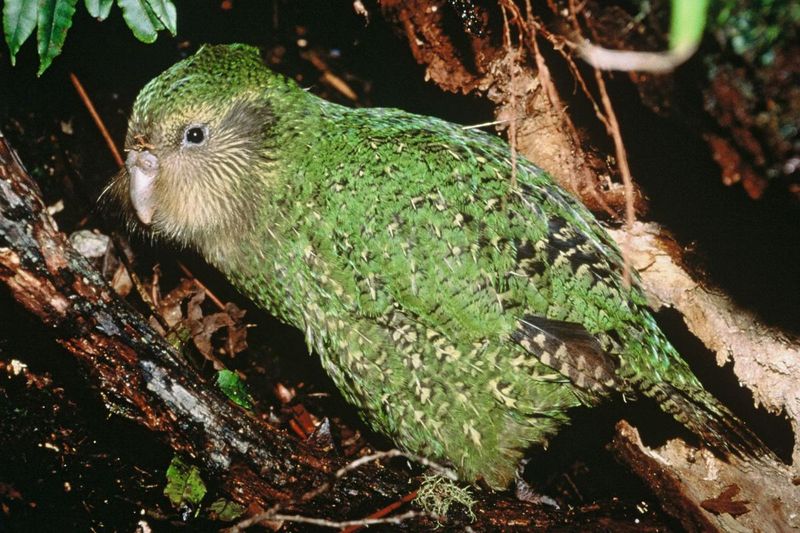
Meet the Kakapo, a flightless parrot native to New Zealand, known for its unique nocturnal habits and mossy green feathers. This endearing bird, once widespread, now teeters on the brink of extinction.
The Kakapo’s decline is largely due to introduced predators and habitat loss. Conservationists have gone to great lengths to save this night-dwelling parrot, with breeding programs and predator control initiatives.
Raising awareness and supporting conservation projects are key steps in ensuring the survival of this delightful creature, whose quirky personality makes it a true treasure of the bird world.
5. Philippine Eagle
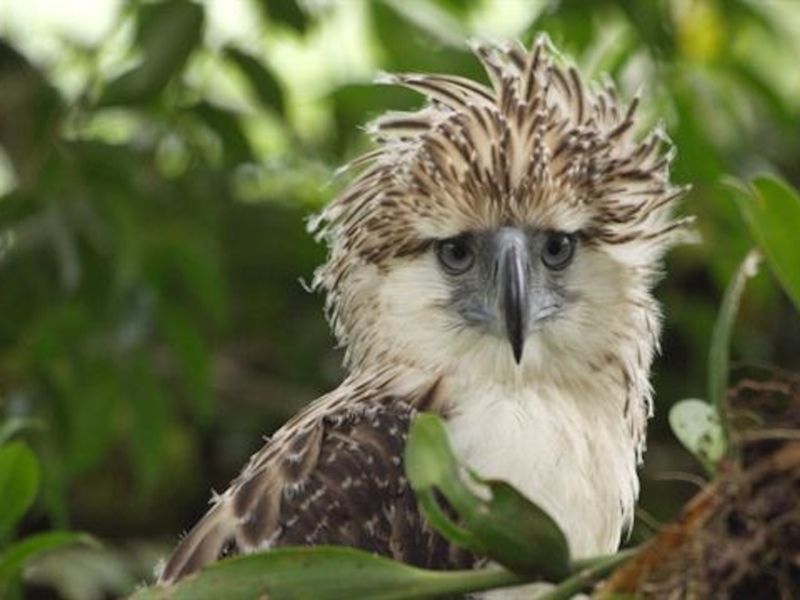
The Philippine Eagle, known for its striking appearance and regal stature, is the national bird of the Philippines. This powerful raptor resides in the country’s lush rainforests, where it plays a vital role in the ecosystem.
Sadly, deforestation and hunting have greatly reduced its population. Conservationists are working tirelessly to protect its remaining habitat and ensure its survival.
By supporting forest conservation initiatives and raising awareness about this impressive eagle, communities can help secure a future for one of the planet’s most remarkable avian hunters.
6. Snowy Owl
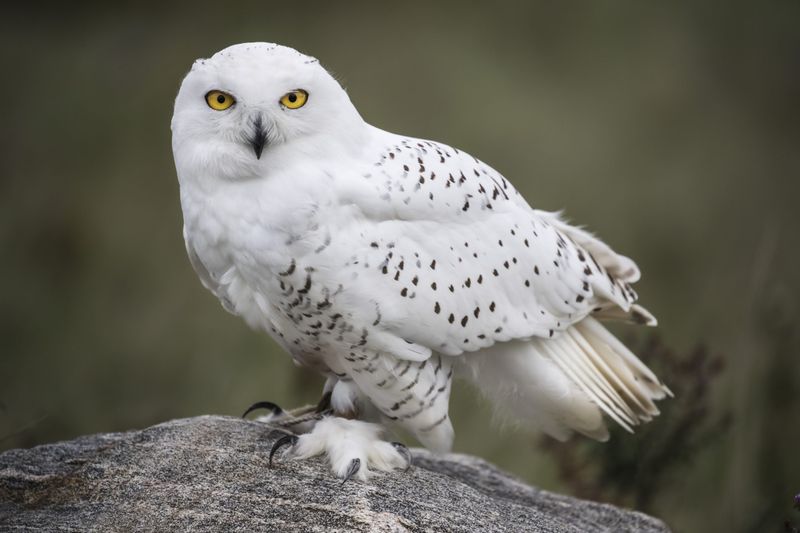
The Snowy Owl, with its pristine white feathers and mesmerizing yellow eyes, is a symbol of the Arctic’s wild beauty.
These majestic owls are well-adapted to life on the tundra, where they hunt lemmings and other small mammals.
Climate change poses a serious threat to their habitat, affecting prey availability and breeding success. Conservation efforts focus on understanding these impacts and finding ways to mitigate them.
Supporting climate change initiatives and sustainable practices can help preserve the Arctic environment, ensuring the Snowy Owl’s enchanting presence endures.
7. Great Indian Bustard
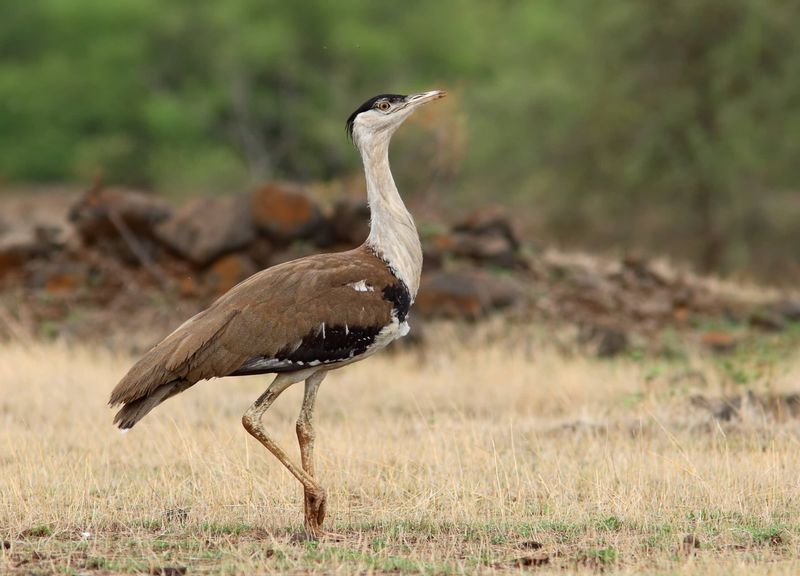
The Great Indian Bustard, with its striking appearance and distinct black-and-white plumage, is one of India’s most iconic birds. Found in the grasslands of Rajasthan, it is critically endangered due to habitat loss and hunting.
Conservationists are working to create protected areas and implement measures to safeguard its habitat. Efforts to involve local communities in conservation are key to the bird’s survival.
Supporting these initiatives and spreading awareness about this magnificent bird can help protect one of India’s national treasures before it’s too late.
8. Bali Myna
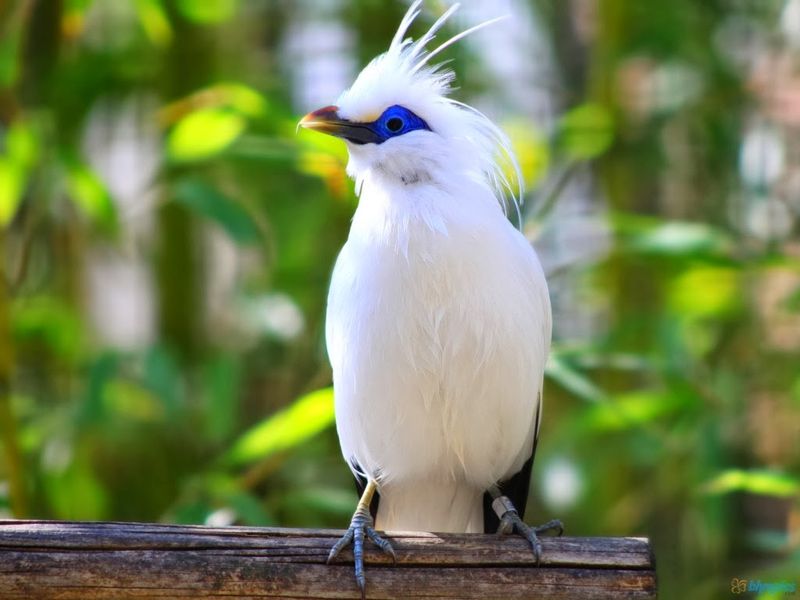
The Bali Myna is a vision of elegance with its immaculate white feathers and striking blue eye patches.
Native to the Indonesian island of Bali, this bird is critically endangered, with only a few individuals remaining in the wild.
Efforts to save the Bali Myna include captive breeding and habitat restoration. These initiatives aim to boost its population and reintroduce it into its native environment.
Supporting ecotourism and conservation programs can aid in the survival of this exquisite bird, ensuring future generations can marvel at its beauty.
9. Javan Hawk-Eagle
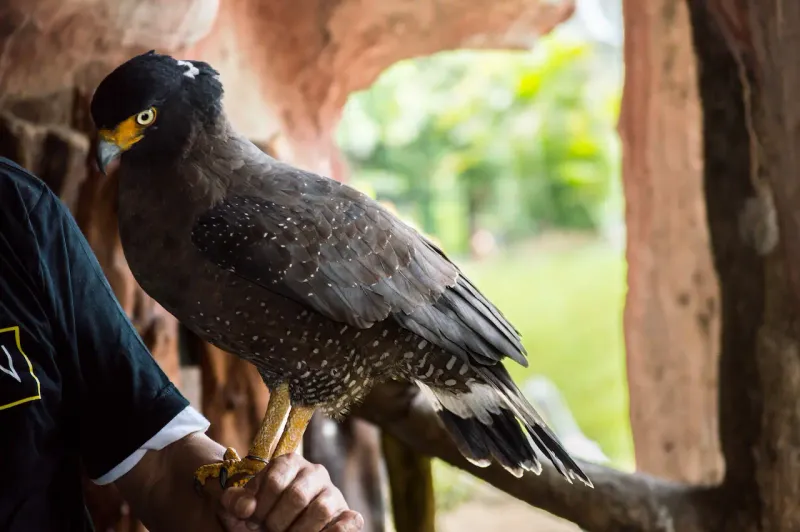
The Javan Hawk-Eagle, with its striking crest and powerful build, is a symbol of strength in the rainforests of Java. This impressive bird of prey is critically endangered due to habitat loss and hunting.
Conservation efforts focus on protecting its remaining habitat and involving local communities in its preservation. Raising awareness about the importance of this eagle is vital to its survival.
Supporting conservation programs and promoting sustainable land use can help ensure that the Javan Hawk-Eagle continues to soar through the forests of Java.
10. Orange-Bellied Parrot
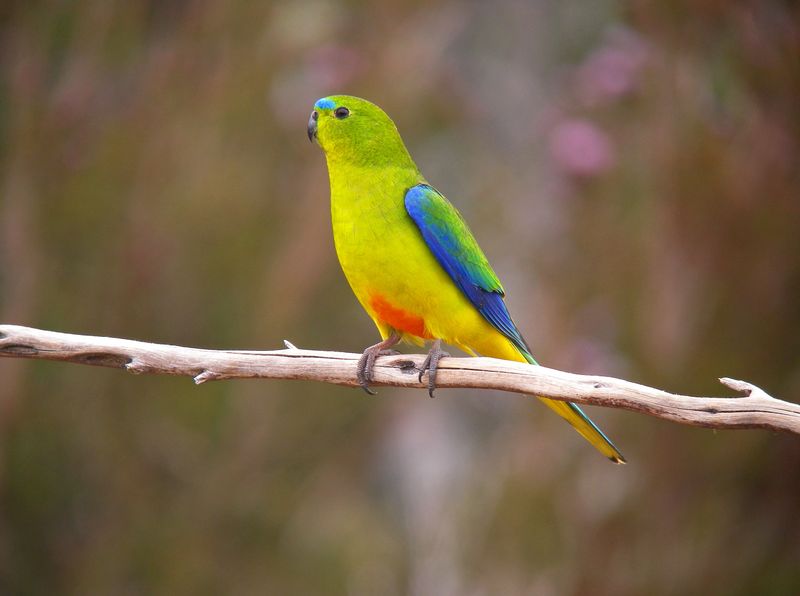
The Orange-bellied Parrot, native to Australia, is one of the world’s most threatened bird species. With its vibrant green and orange plumage, it is a spectacular sight in the wild.
Unfortunately, there are fewer than 50 individuals left in the wild. This parrot’s survival is threatened by habitat loss and predation by invasive species.
Conservation programs are in place to boost their numbers, emphasizing the importance of habitat restoration and predator control. Community involvement is essential to ensure these programs succeed.
11. Yellow-Eyed Penguin
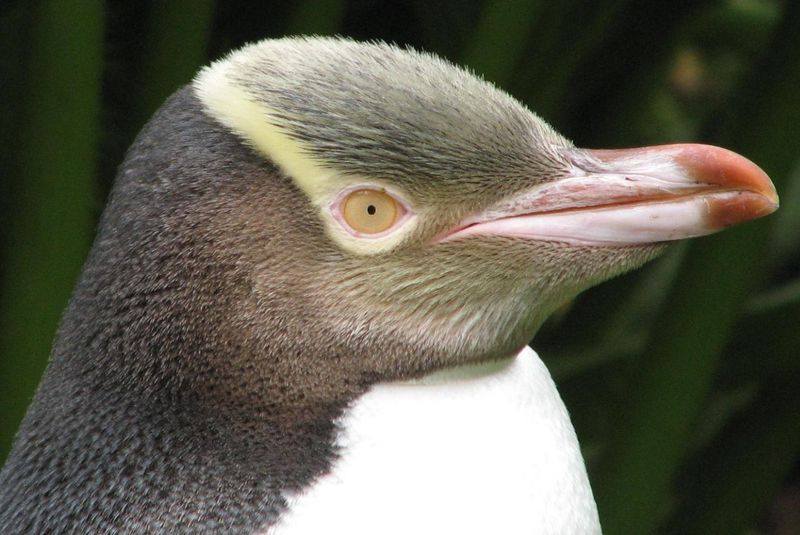
The Yellow-eyed Penguin, with its striking yellow eyes and distinctive stripe, is a unique resident of New Zealand’s coasts. Sadly, its population is declining due to habitat loss and introduced predators.
Conservation efforts focus on habitat restoration and predator control to ensure the penguin’s survival. Community involvement is crucial in protecting this endangered species.
By supporting these initiatives and spreading awareness, individuals can contribute to the preservation of the Yellow-eyed Penguin, ensuring its charming presence graces New Zealand’s shores for years to come.
12. Spoon-Billed Sandpiper
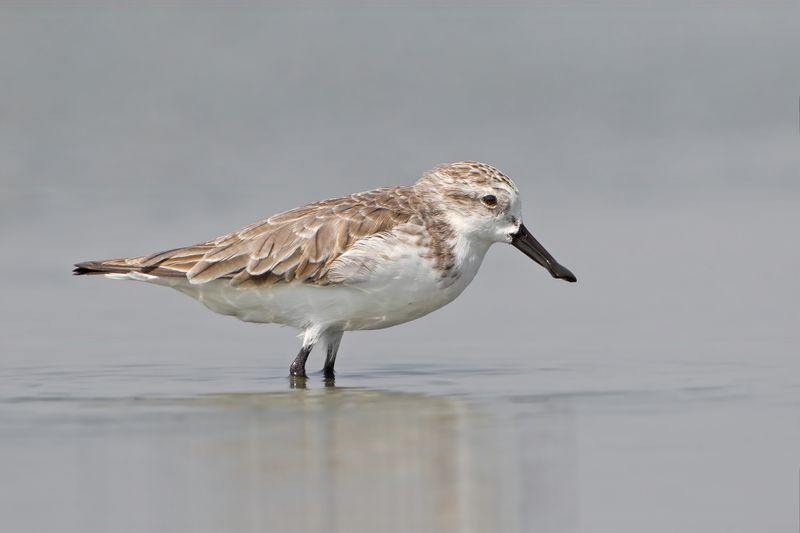
The Spoon-billed Sandpiper, with its unique spoon-shaped bill, is a charismatic little bird found along muddy tidal flats. This tiny traveler faces numerous threats, including habitat loss and climate change.
Conservationists are racing against time to save the Spoon-billed Sandpiper with captive breeding programs and habitat protection initiatives.
Supporting these efforts and advocating for sustainable practices can help ensure the survival of this delightful bird, reminding us of the wonders that delicate ecosystems hold.


